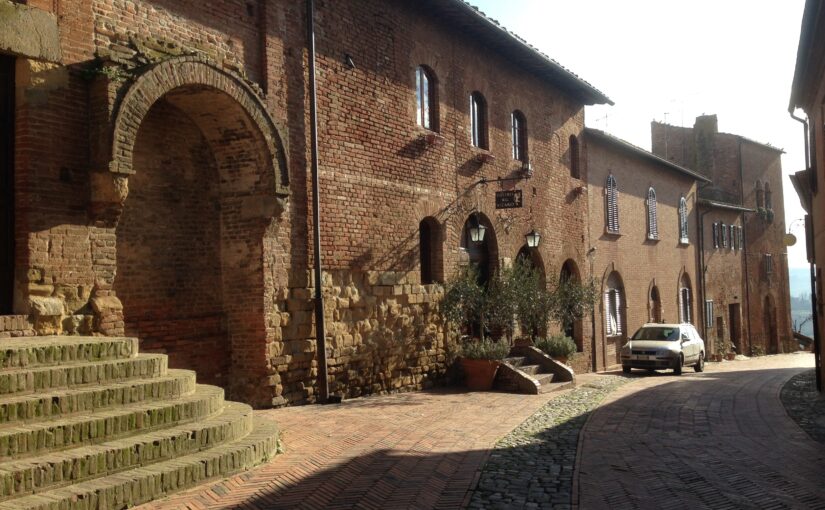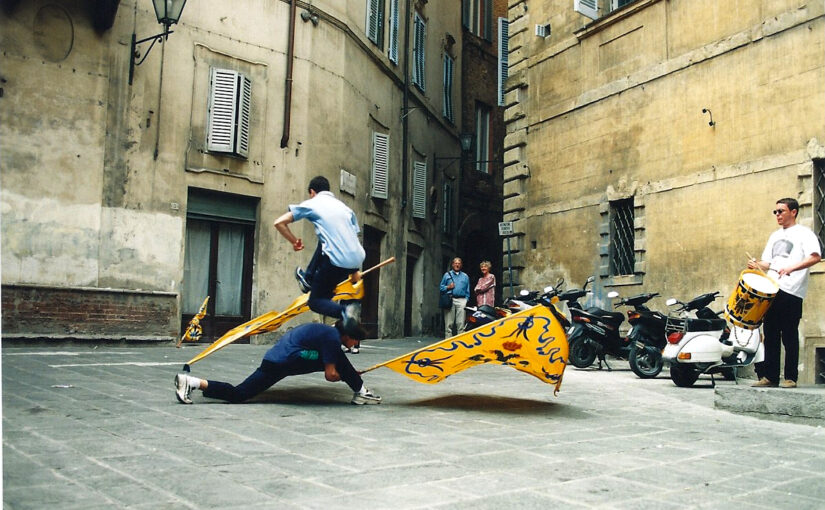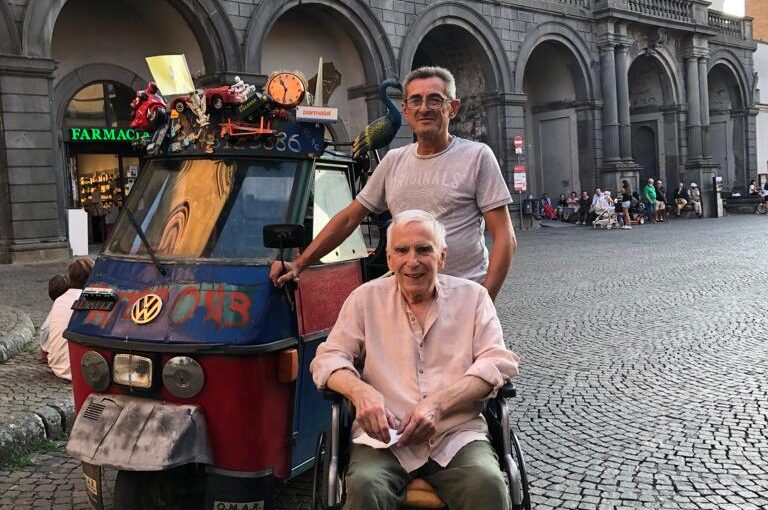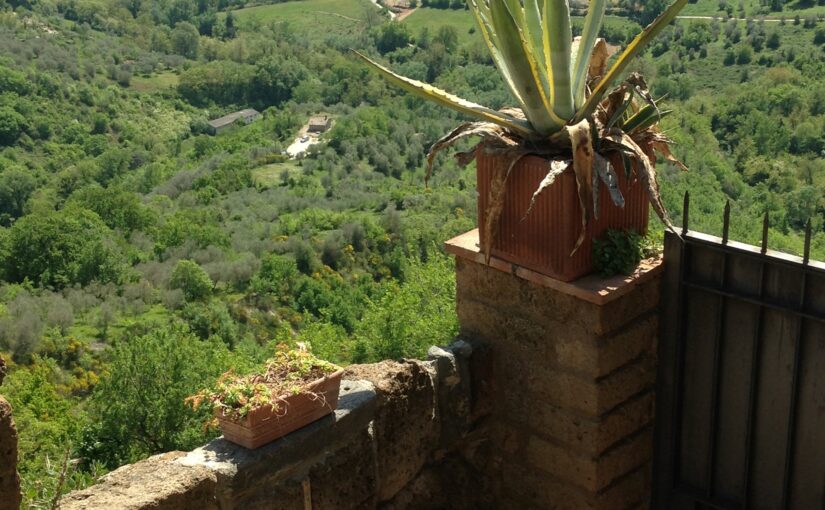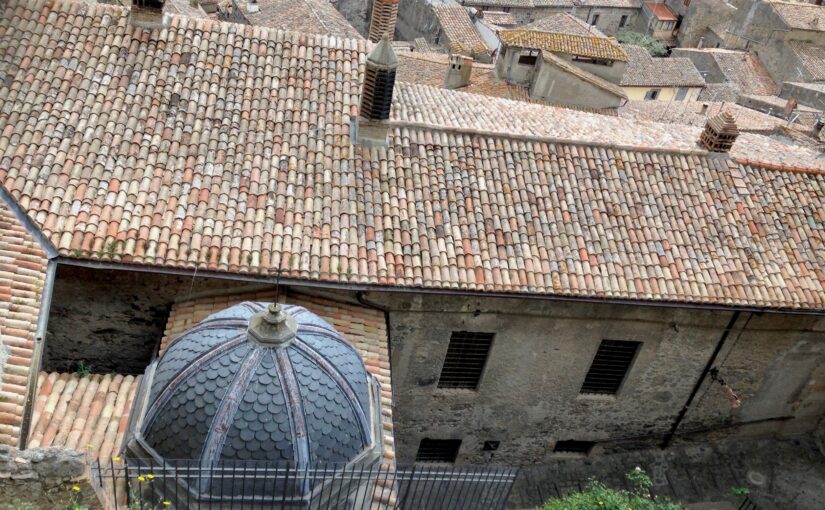October 5, 2023
This exactly describes my experiences – there is nothing to add at the moment… [from Stuck on Pause by Janice Hadlock]
The progression of recovery from self-induced pause
After some period – it might be hours, it might be years – of talking to one’s invisible, loving Friend, one starts to feel as if the Friend is actually listening. The person who is using pause mode but talking constantly to his Friend will eventually experience the awareness that “I am not alone!” This is a somatic feeling – a physical sense of being connected to someone else. This feeling further stimulates the thalamus and striatum and creates a sense of being safe.
Immediately following this sense of being safe, a person might also feel physically lighter, due to the release of dopamine in the midbrain. His movements might be smoother. If he is tremoring, the tremor might decrease significantly. For a moment or two, or a day or two, or for some period of time – until the next wave of negative thoughts arrive – this person will be using a Friend-activated, “I am safe” set of brain grooves: grooves that drive parasympathetic mode. These are very different grooves, or pathways, than the ones that direct self-induced pause. But when the next wave of negative thoughts occurs, the brain can easily slide back into the old familiar habit groove that drives all the physiological symptoms of pause.
During the first stunning moments of feeling physically lighter and relaxed, a person might think he has switched off pause for good. After all, when a person uses biological pause, a genuine neurological response to the possibility of imminent death, when pause turns off, it turns off for good…or at least until the next time the person is at genuine risk of dying. But self-induced pause is a condition sustained by a brain habit not by an actual, biological near-death situation. The habit might have started with a command to not feel pain. But there was never any actual physiological condition of imminent death. Neurologically, it’s as if the person told his brain to pretend to be dying, to feel as if he were dying. And the brain obeyed and gradually became very, very good at it.
And here’s the main point of this chapter: even if a person experiences some moments, or whole weekends, of lightness and joy, and it feels as if he is no longer using pause mode…those habit-grooves in the brain that inhibit the release of dopamine, cause tremor, and generate risk-based thoughts associated with pause mode are still there.
The brain loves habit. The brain especially loves habits that feed the ego and the sense of self-importance and power. The ego-associated part of the brain likes using those pause-mode grooves. Also, the brain resists change. A person might begin to establish a new, non-pause route for the currents in the brain in response to feeling safe. But at first, the pause grooves are deeper and smoother than the new, narrow groove of healthy neurological behavior. This is how the brain “resists” change. At the first sign of familiar, negative, pause-sustaining thoughts, the brain will happily revert back to its comfort zone. It will use the wide, well-developed electrical pathways of the old habit: the paths of least resistance.
When this happens, the person who thought he had switched off pause for good is baffled: “Darn! I thought I was recovering!”
He is recovering, sort of. He’s made the first, shy foray into using thoughts that don’t support pause mode. However…the old, well-established brain grooves for self-induced pause still exist and they are easier to use than the new ones.
The preceding sentence might be the most important one for understanding why recovery can appear to be “two steps forward and one, or maybe two or three, steps back.”
read more, download book and go to page 150
